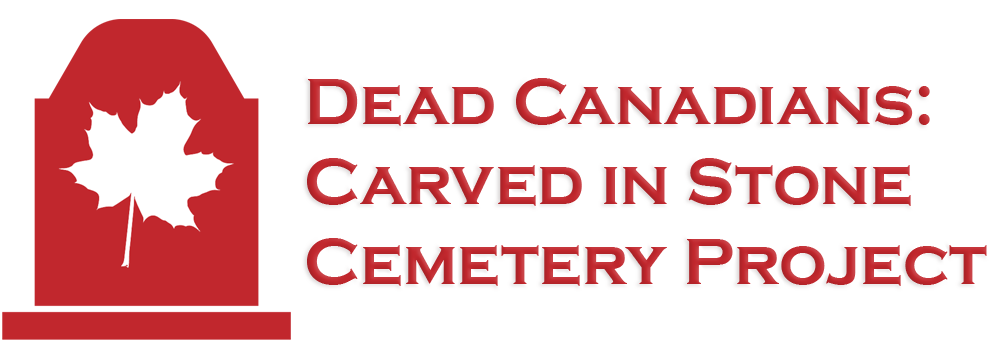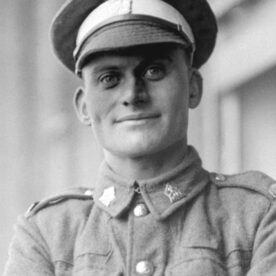My visit earlier in the day to the Christie Methodist Cemetery in the parking lot of Bridlewood Mall inspired some research into the history of the area. Naturally the unusual name of the mall and surrounding Bridletown Circle, where we picked up our first cat Minstrel many years ago, were of great interest.
In 1926 wealthy businessman Harry C. Hatch bought a horse farm at the northeast corner of Sheppard and Pharmacy in Scarborough. Hatch was well-known in the liquor and distillery world and during prohibition ran a very successful export enterprise. Eventually Hatch became president and chairman of the board of Hiram Walker-Gooderham & Worts, Ltd; vice-president of Canada Malting Company; a director of T. G. Bright Wine Co., Canada Steamship Lines, and the Canadian Industrial Alcohol Co. Ltd. Along the way he decided to add thoroughbred race horsing to the mix.
Harry Hatch purchased J.K.L. Ross’s stable in Agincourt just as that prominent sportsman and horse racer, whose horse Sir Barton was the Triple Crown winner of 1919, was running into financial trouble and selling off his farm and horses. Hatch became one of the dominant owners and breeders of thoroughbreds in Canada during the 1930s and 1940s owning and breeding five King’s Plate winners – Monsweep in 1936, Goldlure in 1937, Budpath in 1941, Acara in 1944 and Uttermost in 1945.
One secret to Hatch’s success was the 1/4 mile indoor race track that he built on his new farm, enabling him to train horses in all seasons and all weather.
Hatch died in 1946; he is buried in Deseronto in Prince Edward County. When the former farm was developed in the 1960s the subdivision between Warden and Pharmacy was the given the name Bridlewood. The racetrack itself was demolished in 1963. Then in the 1970s, when a mall was being built at Warden and Finch, a little north of the farm, it too was named for the area’s horse racing legacy.







Leave a Reply